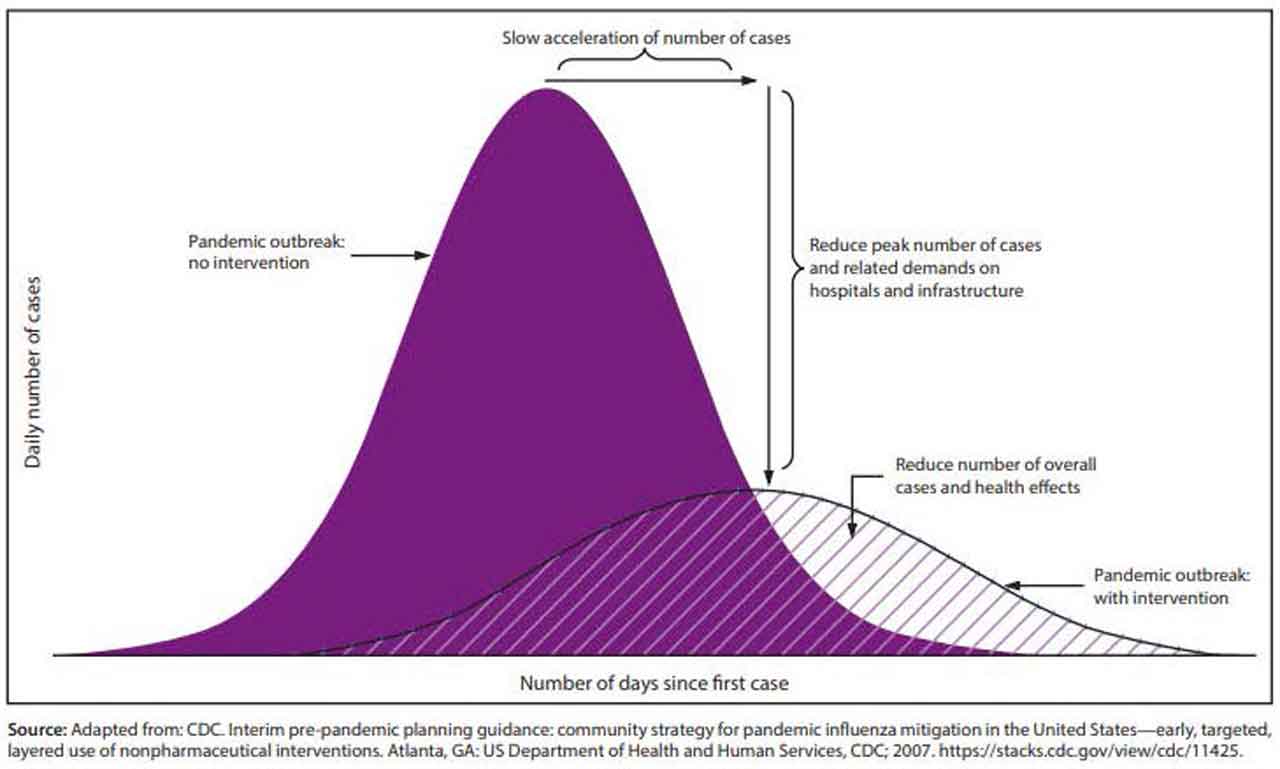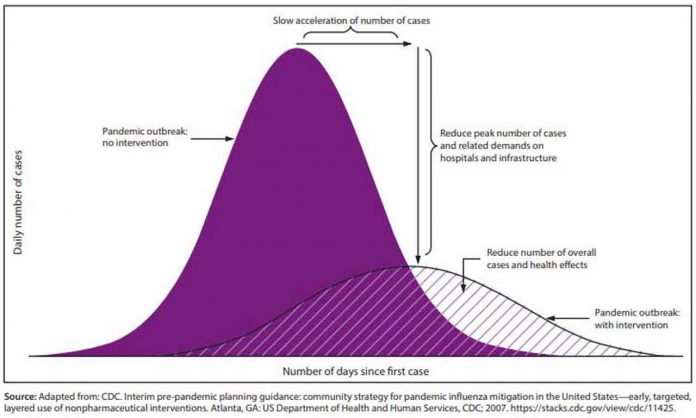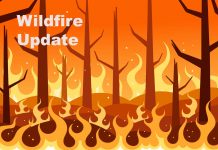THUNDER BAY – It is a rapidly changing environment across Ontario and Canada as well as globally. Governments are making new decisions to assist in making people safer. Some decisions being made outside Canada are going to have an impact on Canadians.
Decisions being made in Europe and the United States are going to impact Canadians when it comes to travel. Countries are working together to keep up-to-date on developments.
It is not easy keeping up on everything you need to know. Here are some of the areas to be aware of today, Sunday, March 15, 2020:
Thunder Bay Regional Health Sciences Centre Update
Travel
Global Affairs Canada has called upon Canadians who are currently out of the country to home while they still have the chance as countries around the world impose ever-tighter travel restrictions.
From across Social Media come reports of Canadians who were travelling in Europe who have been scrambling to book flights home ahead of looming border closures in many European Union countries. Poland is shutting down international flights.
The Canadian Government has provided Updates for International Travel.
“Airlines have cancelled flights. New restrictions may be imposed with little warning. Your travel plans may be severely disrupted and you may be forced to remain outside of Canada longer than expected,” according to ministry officials. “Find out what commercial options are still available to return to Canada. Consider returning to Canada earlier than planned if these options are becoming more limited.”
Personal and Family
The statements since this situation started remains constant.
Officials are asking that people not engage in panic buying or hoarding. Ontario Deputy Premier Elliott on Saturday said the food supply network is strong. The message is to maintain “normal buying practices”. eBay and Kiijii have announced they will not allow people to post ads for toilet paper or hand-sanitizer.
Hand Hygiene
Handwashing with soap and water or hand sanitizing with alcoholic solutions, gels or tissues to maintain clean hands and fingernails. It should be performed frequently with soap and water for at least 15-20 seconds:
- Before and after preparing food;
- Before and after eating;
- After using the toilet;
- After coughing/sneezing into a tissue (or if non-compliant with respiratory etiquette);
- Before and after using a surgical/procedure mask and after removing gloves;
- After handling body fluid-contaminated waste or laundry;
- Whenever hands look dirty.
If soap and water are not available, hands can be cleaned with an alcohol-based hand sanitizer (ABHS) that contains at least 60% alcohol, ensuring that all surfaces of the hands are covered (e.g. front and back of hands as well as between fingers) and rubbed together until they feel dry. For visibly soiled hands, soiling should be removed with an alcohol-based hand wipe first, followed by use of ABHS.
Touching one’s eyes, nose, and mouth with unwashed hands should be avoided.

Flattening the Curve
Trending on social media is the #flattenthecurve. The goal behind closing down or restricting large public gatherings, is to try to ensure that the healthcare system is not overwhelmed.
In Thunder Bay, the TBRHS Centre reported on Friday there were 900 test kits available and that they have been assured they will have the supplies they need throughout the coming weeks.
Closures and Slowdowns
- Confederation College has suspended classes
- Lakehead University has suspended classes
- The Thunder Bay Community Auditorium has cancelled concerts
- The Thunder Bay Public Library is closed
Social Distancing
Social distancing measures are approaches taken to minimize close contact with others in the community and include: quarantine and self-isolation at the individual level as well as other community-based approaches (e.g. avoiding crowding, school measures and closures, workplace measures and closures, public/mass gathering cancellations) which are further described in the section titled community-based measures below.
Social distancing measures are likely to have secondary consequences for individuals, families and communities, such as loss of income, an elevated need for support services, and potentially reduced availability of certain services. Some measures require extensive preparation and engagement across sectors. During a pandemic of lesser severity, the infection control benefits of implementing some community measures (e.g., proactive school closures) may not be offset by the cost and societal disruption caused by these measures.
Whenever public health authorities impose restrictions on individual freedoms, the intervention should be proportional to the magnitude of the threat. This principle of ‘least restrictive means’ should always be a consideration when enacting social distancing measures. The CPIP Public Health Measures Annex outlines the ethical considerations with respect to the selection and use of PHMs in a pandemic.Footnote ii
It is crucial that individuals follow quarantine and self-isolation recommendations properly to prevent transmission of COVID-19 to others in the home setting or in the community. It is recommended that all individuals in the community plan ahead by maintaining a supply of essential medications, home supplies and extra non-perishable food in the event they require voluntary quarantine or self-isolation.
- Isolation is recommended for a symptomatic individual that is suspected of having, or known to have, COVID-19. They are directed by PHA to isolate themselves in the home-setting and avoid contact with others until PHA has advised that they are no longer considered contagious. Isolation includes:
- Not going out of the home setting. This includes school, work, or other public areas
- Not using public transportation (e.g. buses, subways, taxis)
- Identifying a “buddy” to check on and do errands for each another, especially for those who live alone or at high risk for developing complications.Footnote 1
- Having supplies delivered home instead of running errands (supplies should be left on the front door or at least a 2 metre distance maintained between people)
- If leaving the home setting cannot be avoided (e.g. to go to a medical appointment), wear a mask (if not available, cover mouth and nose with tissues) and maintain a 2 metre distance from others. The health care facility should be informed in advance that the person may be infectious.
- Voluntary home quarantine (“self-isolation”) is recommended for an asymptomatic person, when they have a high risk of exposure to the virus that causes COVID-19, (i.e., through close contact with a symptomatic person or their body fluids). They are asked to self- isolate in the home-setting to avoid contact with others in order to prevent transmission of the virus at the earliest stage of illness (i.e., should they develop COVID-19).
- Protective self-separation is recommended for a person who is at high-risk for severe illness from COVID-19Footnote 1 (e.g., older adults, those with chronic underlying medical conditions or immunocompromised) when the virus is circulating in their community.
- Voluntary avoidance of crowded places is recommended for a person who is asymptomatic and who is considered to have had a medium risk of exposure to the virus that causes COVID-19. This involves avoiding crowded public spaces and places where rapid self-isolation upon onset of symptoms may not be feasible. Examples of these settings include mass gatherings, such as concerts and sporting events; not including hospitals (for HCWs) and schools.
- Mandatory quarantine is the imposed separation or restriction of movement of individuals, groups or communities, for a defined period of time and in a location determined by the PHA. As local circumstances will vary across Canada and within regions, quarantine may be used to contain, delay or mitigate COVID-19, although its effectiveness once there is widespread community transmission is unknown. An individual in mandatory quarantine is asymptomatic but may have been exposed to the virus causing COVID-19. A decision to implement mandatory quarantine requires careful consideration of the safety of the individual/group/community, the anticipated effectiveness, feasibility and implications.
Infographic on Best Practices
COVID-19 Workplace School a… by james1572 on Scribd







